One way to approach this is based on the code in this answer:
How to make WPF DataGridCell ReadOnly?
Which is switching out the template for a cell using a datatrigger.
In case that gets orphaned somehow the markup from there is:
<DataGrid>
<DataGrid.Resources>
<!-- the non-editing cell -->
<DataTemplate x:Key="ReadonlyCellTemplate">
<TextBlock Text="{Binding MyCellValue}" />
</DataTemplate>
<!-- the editing cell -->
<DataTemplate x:Key="EditableCellTemplate">
<TextBox Text="{Binding MyCellValue}" />
</DataTemplate>
</DataGrid.Resources>
</DataGrid>
and
<DataGridTemplateColumn CellTemplate="{StaticResource ReadonlyCellTemplate}">
<DataGridTemplateColumn.CellEditingTemplate>
<DataTemplate>
<!-- the additional layer of content presenter -->
<ContentPresenter x:Name="Presenter" Content="{Binding}" ContentTemplate="{StaticResource ReadonlyCellTemplate}" />
<DataTemplate.Triggers>
<!-- dynamically switch the content template by IsEditable binding -->
<DataTrigger Binding="{Binding IsEditable}" Value="True">
<Setter TargetName="Presenter" Property="ContentTemplate" Value="{StaticResource EditableCellTemplate}" />
</DataTrigger>
</DataTemplate.Triggers>
</DataTemplate>
</DataGridTemplateColumn.CellEditingTemplate>
</DataGridTemplateColumn>
You need a property to drive that Datatrigger.
Define a viewmodel which will represent each row (rowViewModel).
That needs a public property in it for each column.
Then you need your new property for that datatrigger which will show whether it's a New row or not. Call that IsNew ( or whatever you prefer ). Bind Itemssource to an observable collection of RowViewModel. The default value for IsNew should be true. When you read old data out the database set IsNew to false.
You then need to apply that approach to all columns but your last one.
Which will be pretty clunky but you only have have 4 columns total. Pasting very similar markup 3 times is inelegant but not hugely so. Once you get it working that way you can consider whether you want to refactor and neaten it up.
Another option is to use two datagrids.
Put one underneath the other in a stackpanel.
Hide the headers on the second one.
Use that only to do inserts.
You then don't have your edit new row in the same datagrid so all it's columns can be regular columns.
The top one has readonly columns.
If the user can resize column width using the headers on the top datagrid you need to bind the column widths so they don't get out of step.
A third option.
Insert using an entirely separate panel rather than jn a datagrid.
I don't usually allow users to edit in a datagrid at all since it's harder to validate that way and users can have a tendency to think this is just an excel sort of experience rather than serious business data.
I use an overlay panel along the lines of this.
https://social.technet.microsoft.com/wiki/contents/articles/29777.wpf-property-list-editing.aspx
The user either clicks an insert button or selects a row in the datagrid and clicks an edit button.
